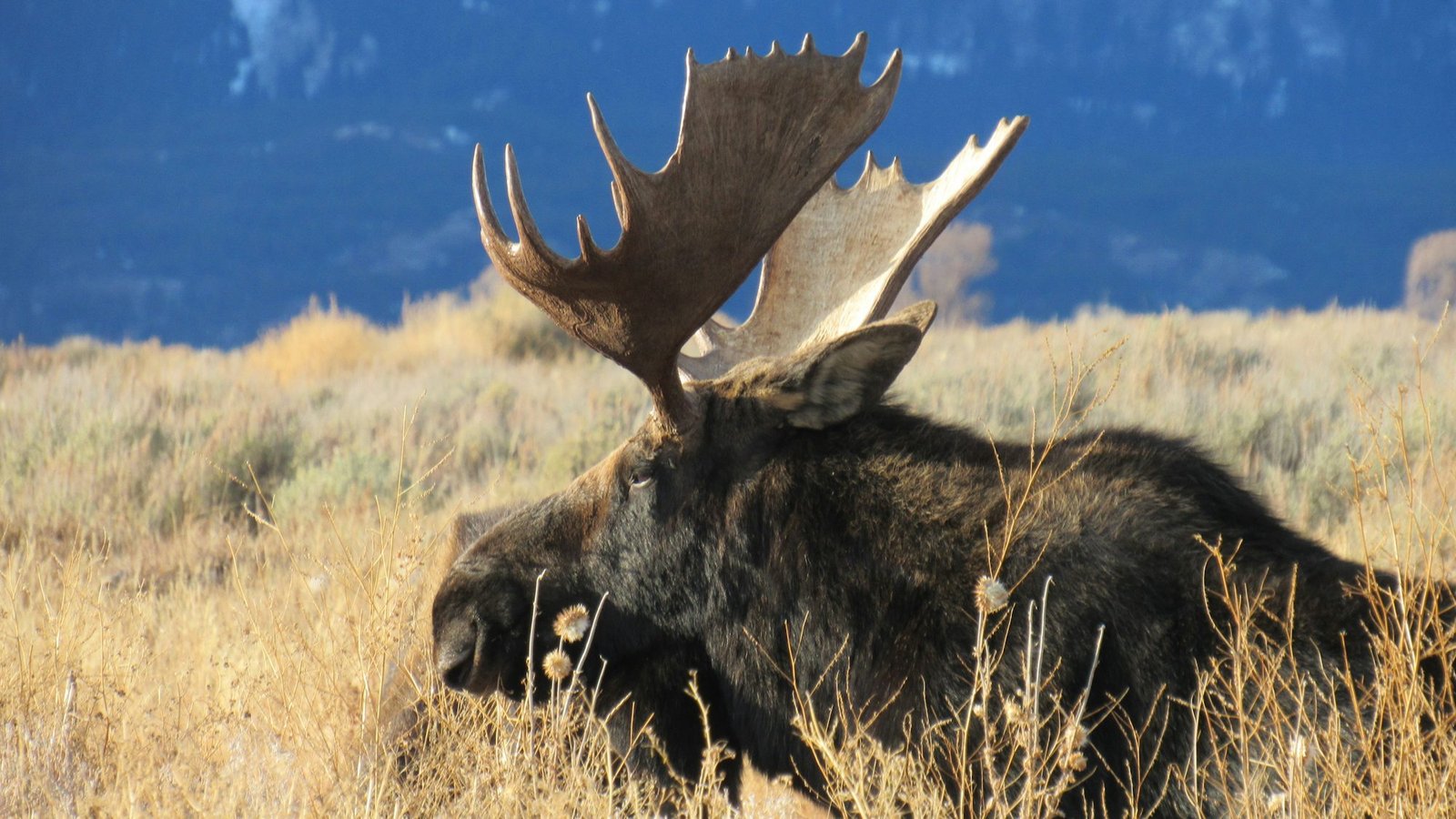
wndxure.xyz
This article explores the principles of Adventure mindfulness, its Road trip benefits for Travel mental health, and practical techniques wndxure to incorporate mindfulness into daily life, fostering a sense of peace and Explore well-being.In today's fast-paced world, where distractions abound and stress levels often soar, the practice of mindfulness has gained significant attention as a powerful tool for enhancing mental well-being. Mindfulness is the art of being fully present in the moment, cultivating an awareness that allows individuals to engage with their thoughts, feelings, and surroundings without judgment. This article delves into the principles of mindfulness, its numerous benefits, and practical techniques to incorporate it into daily life, ultimately fostering a greater sense of peace and well-being. At its core, mindfulness involves a deliberate focus on the present moment. It encourages individuals to observe their thoughts and feelings without becoming overwhelmed by them. This practice has its roots in ancient meditation traditions, particularly in Buddhism, but has been adapted for contemporary use in various settings, including therapy, education, and corporate environments. One of the primary benefits of mindfulness is its positive impact on mental health. Numerous studies have shown that practicing Road trip mindfulness can reduce symptoms of anxiety and depression, enhance emotional regulation, and improve overall psychological resilience. By cultivating a non-reactive awareness, individuals can develop healthier coping mechanisms in the face of stressors, allowing them to respond rather than react impulsively. Mindfulness also promotes self-compassion, enabling individuals to treat themselves with kindness rather than criticism, which can be particularly beneficial during challenging times. Incorporating mindfulness into daily life does not require extensive training or elaborate rituals. Simple practices can be easily integrated into even the busiest schedules. One effective technique is mindful breathing, which involves focusing attention on the breath. By taking a few moments each day to sit quietly and observe the natural rhythm of inhalation and exhalation, individuals can anchor themselves in the present moment. This practice not only calms the mind but also enhances clarity and focus. Another powerful mindfulness technique is body scanning. This practice involves systematically paying attention to different parts of the body, noticing sensations without judgment. By bringing awareness to physical sensations, individuals can develop a deeper connection with their bodies and release tension that may be held unconsciously. Mindful walking is another accessible way to incorporate mindfulness into daily routines. Whether taking a stroll in a park or simply walking from one place to another, individuals can focus on the sensations of their feet on the ground, the movement of their bodies, and the sights and sounds around them. This practice not only promotes presence but also encourages appreciation for the environment. Mindfulness can also be applied to everyday activities, transforming mundane tasks into opportunities for awareness. For instance, washing dishes can become a mindful practice by focusing on the feel of the warm water, the texture of the dishes, and the rhythm of the movements involved. By bringing attention to these simple acts, individuals can cultivate a sense of appreciation and presence in their daily lives. Additionally, mindfulness practices can enhance relationships. By developing a greater awareness of one's thoughts and emotions, individuals can improve communication and empathy in their interactions with others. Mindful listening, for instance, involves fully attending to the speaker without formulating responses in advance. This practice fosters deeper connections and understanding, leading to healthier, more meaningful relationships. As mindfulness gains popularity, various resources have become available to support individuals on their mindfulness journeys. Books, apps, and online courses provide guidance on mindfulness techniques and practices. These resources can be particularly beneficial for those new to mindfulness or those seeking to deepen their understanding. Many individuals also find value in participating in mindfulness groups or workshops, where they can share experiences and learn from others in a supportive environment. Despite its many benefits, the practice of mindfulness does come with challenges. In a culture that often prioritizes productivity and constant activity, slowing down to cultivate mindfulness can feel counterintuitive. Individuals may encounter difficulties in quieting the mind or maintaining focus during practice. However, it is essential to remember that mindfulness is a skill that develops over time with consistent practice. Patience and self-compassion are crucial components of this journey. Embracing a non-judgmental attitude toward one's experiences, including distractions and wandering thoughts, allows individuals to approach mindfulness with openness and curiosity. In conclusion, mindfulness offers a powerful antidote to the chaos of modern life. By cultivating presence and awareness, individuals can experience numerous mental health benefits, enhance relationships, and find greater joy in everyday activities. With practical techniques such as mindful breathing, body scanning, and mindful walking, anyone can integrate mindfulness into their daily lives, fostering a sense of peace and well-being. As we navigate the complexities of the modern world, embracing the art of mindfulness can lead to a more fulfilling and balanced life, allowing us to savor each moment and cultivate a deeper connection with ourselves and the world around us.